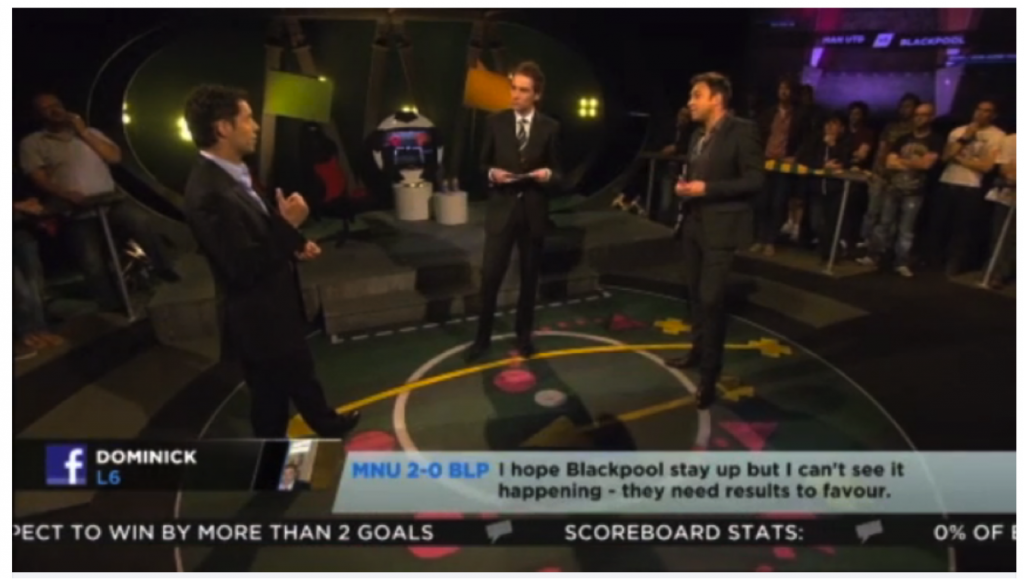
Newbury and Maidenhead nestle quietly west of London. Neither has a professional football team, neither is a hotbed of cutting-edge consumer tech, and neither has >100,000 inhabitants.
So when my team launched a Facebook football game, we were rather shocked to see them in the list of top 10 places where our players lived.
Scoreboard focused on the English Premier League. Each week users would predict the results of the upcoming matches, and every Friday we made a show in which two pundits pitted their wits against the wisdom of the crowd.

We were big in Asia because I spent money reaching Asian football fans, who are under-served when it comes to everything other than the live matches. But Newbury and Maidenhead – what was going on there?
The questions stumped me for weeks until I stumbled across an academic paper: The Spread of Behaviour in an Online Social Network Experiment, published by Damon Centola in Science (2010) and summarised here by MIT.
The paper looks at the spread of behaviour through two networks of equal size and containing an equal number of connections, but with rather different structures.

The first network has regularly-spaced nodes (nodes = people), and no real clusters. The second network has a small number of dense clusters, with only minimal connections from one cluster to another.
In which network do behaviours spread faster?
It’s the second. Why? Because in order for behaviour to pass from one person to another there need to be multiple stimuli. So a well-spaced network will transmit behaviour more slowly than a clustered network, because in clusters there are dense interconnections between a small number of people. If one friend suggests I watch a new film, I might nod politely. But when a second and third say the same thing, I really start to listen.
We must have hit upon a densely-connected network of football fans in Newbury and Maidenhead. One or two started playing, then invited friends to play, and soon those inside the network must have been receiving multiple invitations and decided to give it a go.
If we did that project again I’d spend the whole marketing budget targeting very specific groups of potential players – and I’m sure I would get more bang for each buck.
The British comedian Norman Wisdom is a hero in Albania. Maybe one day there’ll be a statue of Scoreboard presenter Dougie Anderson in Newbury and Maidenhead.
+++
Reference:
Centola, D. (2010), The Spread of Behaviour in an Online Social Network Experiment. Science 329(5996), 1194-1197
Summary: http://web.mit.edu/newsoffice/2010/social-networks-health-0903.html



